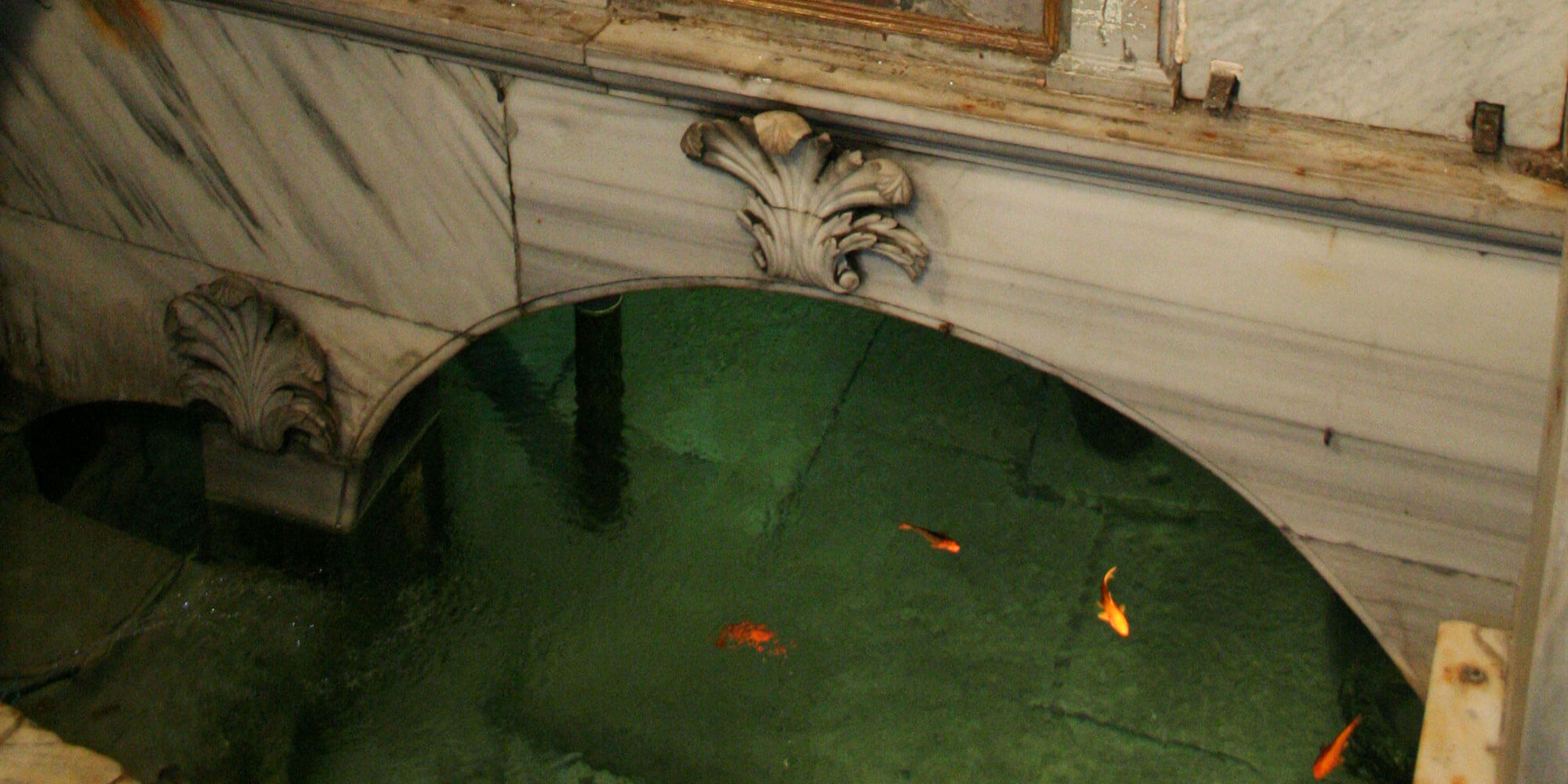As an ancient city, Istanbul is naturally full of deep-rooted holy sites that are flocked with believers who want to make a wish or seek a remedy for their maladies. All cities as old as Istanbul are bound to have at least a few such points of attraction. What makes those of Istanbul exceptional is that, they are not confined to the followers of any specific religion. The sight of mostly female Muslim believers, with or without headscarves, in Orthodox holy sites is quite common in Istanbul. So is the benediction they might receive from Christian priests to make their wishes or pleas come true. In fact, due to the shrinking Christian congregation over the years, it can easily be stated that some of these places are nowadays mostly visited by Muslim Istanbulites. No doubt, this transreligious tolerance is owed to the centuries-old culture of co-existence of different religious congregations, nationalities and ethnic groups in Istanbul. Some of the more popular Orthodox holy sites are also visited by groups of visitors from Greece, the Balkans, Russia and Ukraine.
Ayazmas are by far the most frequently visited holy Orthodox sites in Istanbul. Derived from the Greek word hagiasma, an ayazma in Turkish means a holy spring that is considered by Orthodox Christians as sacred and with healing power. The name also includes the buildings that are built to house and protect these holy springs. Ayazmas can be encountered within the complexes of a church, a monastery or nowadays even under civil structures such as a restaurant or a park. The belief in the power of an ayazma is thought to go back to the animist tradition of pre-Christian times. They became important locations of pilgrimage during the Byzantine era when each site was associated with a specific saint or a holy figure. They were also diversified according to the types of illnesses that believers were in search of healing or the various wishes they were hoping would come true in their lifetime. Therefore, it was believed that for example, a specific ayazma would be a remedy for malaria while others would be good for strokes, eye diseases or nervous breakdowns. Some ayazmas were popular among spinsters for a good future match in marriage and some others were thought to be beneficial for breastfeeding mothers. Men and women seeking health, courage, position and happiness would each go to a related ayazma to make their wishes.
The Ottomans in no way hindered the Byzantine tradition of visiting ayazmas. Nor was it prohibited to build and cherish new ayazmas. Soon, the Muslim believers also became regular visitors of some of these holy places. In this sense, ayazmas represent the brotherhood and mutual tolerance of celestial religions in Istanbul. That is why some district locations are still informally referred to as “Ayazma” by Istanbulites.
According to a research, there were approximately 150 ayazmas in Istanbul in the 1940s. Today, most of these are either forgotten or they are buried under civil buildings. A few of them have survived to this day and are visited both by locals and foreigners. One of these is the Balıklı Ayazması, close to the Silivrikapı Gate of Istanbul’s ancient city walls. The name of the gate was Gate of Pege in Byzantine times because it led to the Zoodochus Pege or the Life-Giving Spring that is called Balıklı Ayazması (the Ayazma with Fish) by Turks. The monastery (also named after the holy spring) that houses this famous ayazma can be reached by means of the Marmaray railway system. Located at the address Balıklı Sivrikapı Sokak, it is around a 30-minute walk from the Kazlıçeşme stop of Marmaray. Most of the way is bordered with the green groves of Muslim, Greek and Armenian cemeteries. The Balıklı Armenian Cemetery is across the street from the Balıklı Life-Giving Hagiasma.
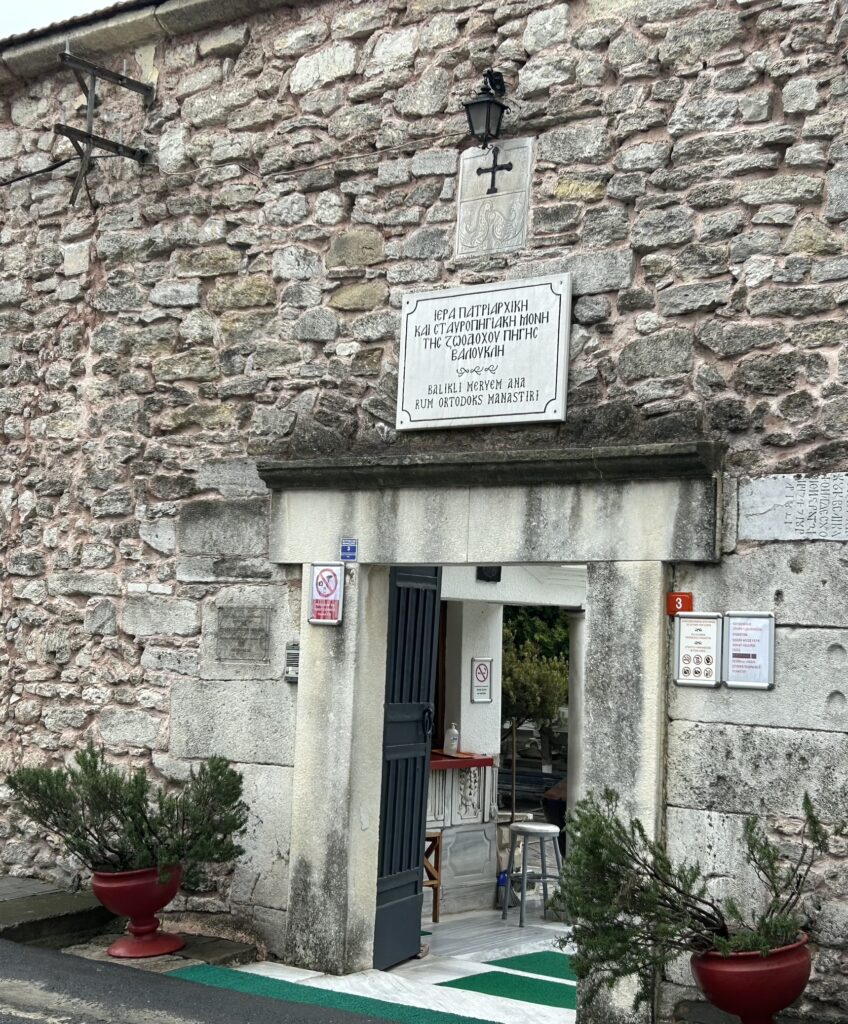
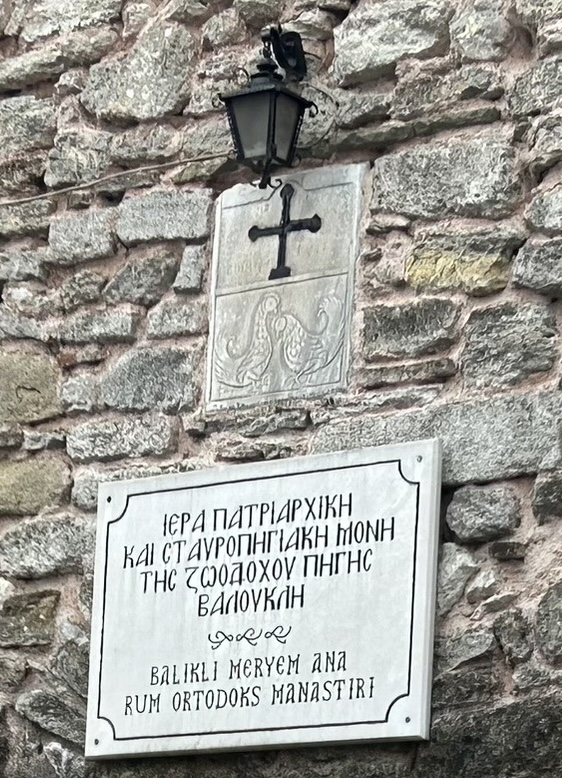
The Balıklı Life-Giving Ayazma and the Monastery are both dedicated to the Virgin Mary. The origin of the ayazma and the church are related to a legend which is often the case for these kind of holy sanctuaries. You can sometimes even encounter cases where the origins of different holy springs at completely different locations (or even countries) are based on the same or very similar legends. According to the most widespread legend, the Balıklı Hagiasma is related to a miracle that occurred in the 5th century when the protagonist, the East Roman Emperor Leo I (r. 457-474 A.D.), was just a poor soldier in the army. Leo I encountered a blind man who asked for some water just as he was entering the city. At that moment, the future emperor heard a female voice that told him to wet the old man’s eyes with the water of a nearby swamp. She also added that, one day he would become the emperor and that she had chosen that specific place to be worshiped. Leo did as he was told and was amazed to see that the old man recovered his eyesight. In time, when he ascended the throne, he commissioned the erection of a church on this spot.
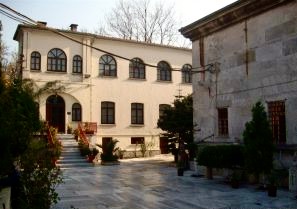
Source: https://www.ortodokslartoplulugu.com
(Note: Taking photographs inside the monastery and the ayazma is prohibited)
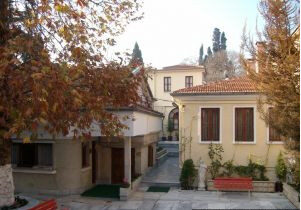
Source: https://www.ortodokslartoplulugu.com
Another version of the origin of the holy spring and the monastery recites that the church was originally built by Emperor Justinianus I (527-565 A.D.). While he was hunting one day, the Emperor noticed a crowd of women outside a small chapel. When he asked, he was told that this was the “spring of the miracles”. He then ordered the construction of a church on this site with material that was left over from the erection of the famous Hagia Sophia. Alluding to the initial legend of Leo the First, it is said that a small church and monastery most probably already existed here before the one built by Justinianus I. The church was rebuilt several times following fires, destructions, earthquakes and pillages (of the Bulgarian-Serbian armies in 924 and the Latin armies in 1204). The monastery and its environs were deserted in 1422 when the inhabitants moved inside the city walls. It was reopened in 1727 with the permission of Sultan Ahmed III (r. 1703-1730). The present monastery complex with the church and the shrine dates from 1833 when it was built by the permission of Sultan Mahmut II (r. 1808-1839). However, this last structure was also severely damaged due to the earthquake in 1894 and the fire during the 6-7 September 1955 riots. The ayazma was lastly renovated in 1960.
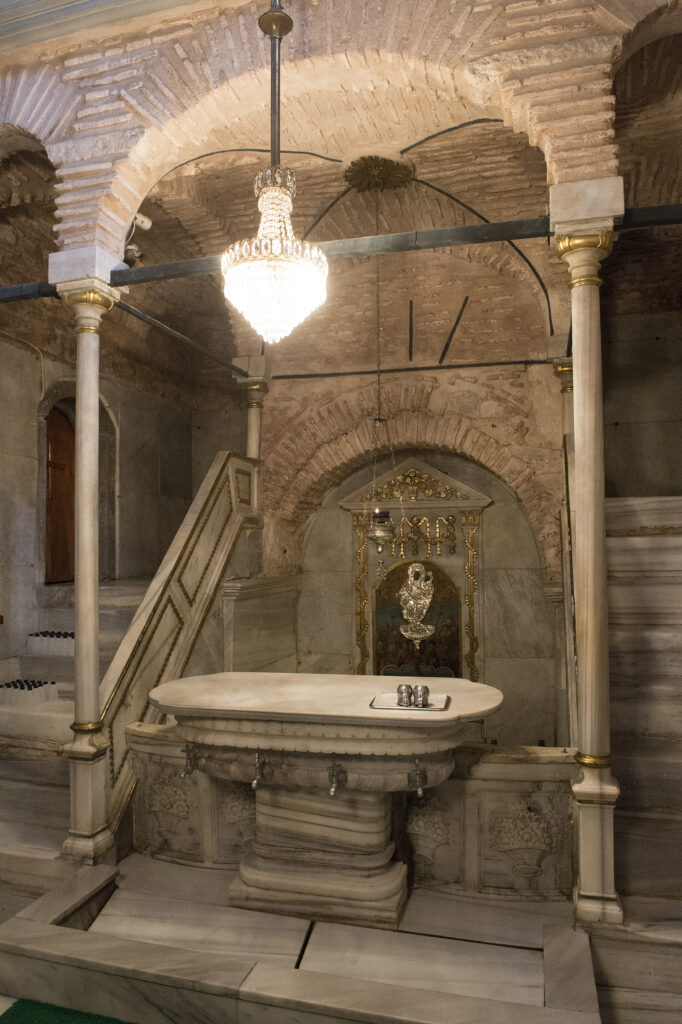
Source: https://www.wikipedia.com
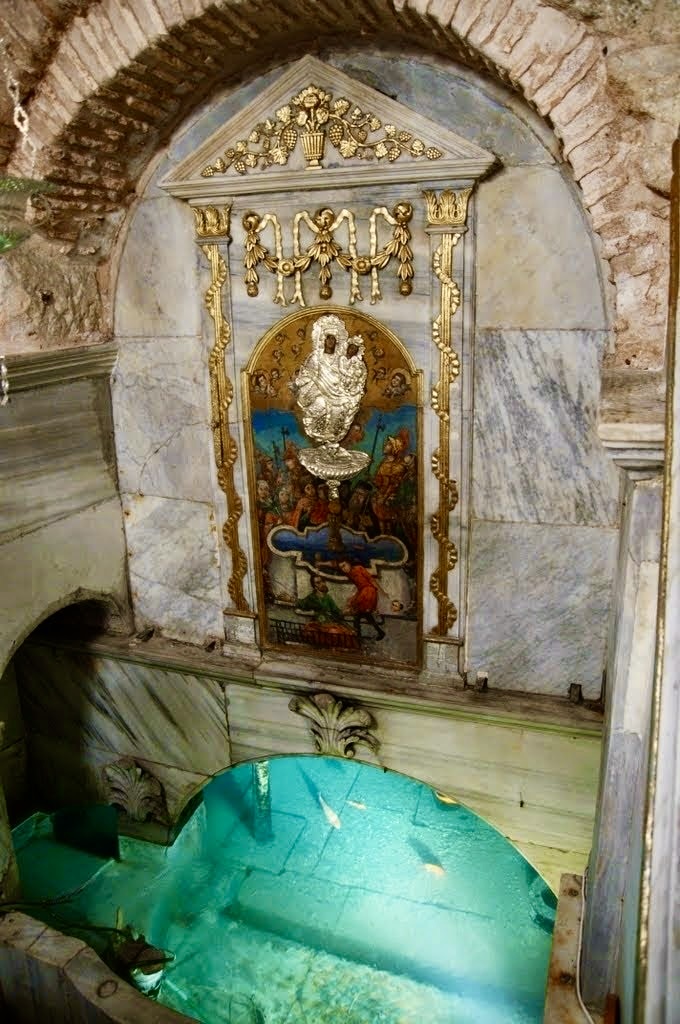
Source: https://www.ortodokslartoplulugu.com
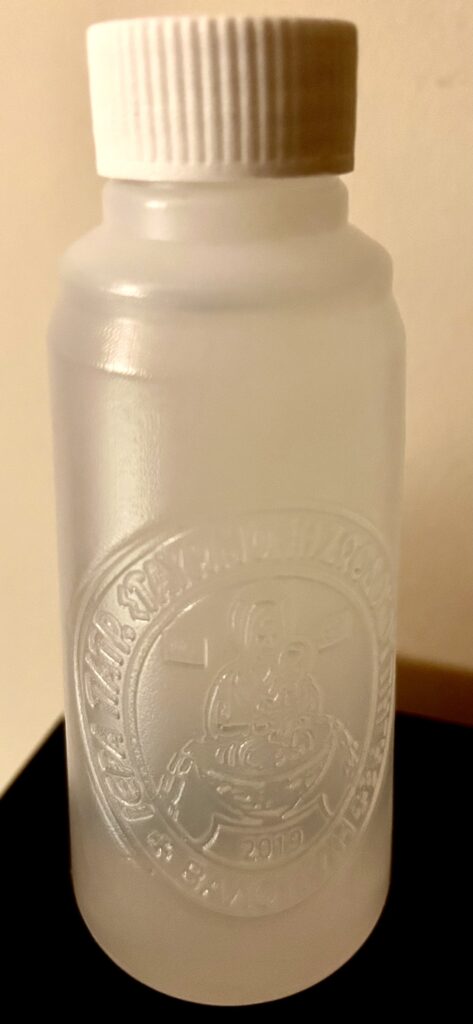
Apart from being a centre of attraction for sick imperial family members, Zoodochus Pege or the Life-Giving Spring was also very popular among ordinary Byzantine subjects for centuries. In the 18th century it acquired the name Ayazma with Fish (Balıklı Ayazma) among Muslims due to the fish in the pond of the spring. The complex is surrounded with high walls. Above the entrance doorway to the main courtyard, you will see the figures of two fighting cocks. These are said to represent the discord between the Greek Orthodox Church and the Armenian Church over the land of the monastery following an earthquake and the last rebuilding of the complex. The strife was resolved with the intervention of the Sultan in favour of the Greek Orthodox Church.
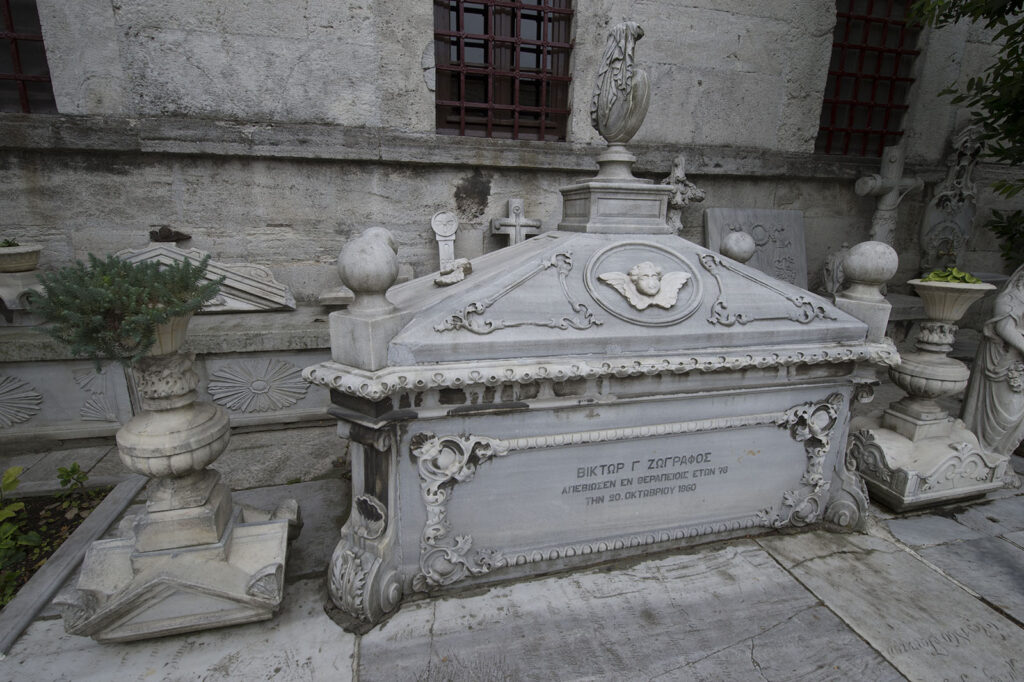
Source: https://www.wikipedia.com
The Balıklı Monastery and the Life-Giving Hagiasma can be visited everyday between 8:30 a.m. and 4:30 p.m. The outer courtyard when you enter the premises is paved with old tombstones that deserve special attention. These are interestingly inscribed in the Karamanlı script which is in fact written in Turkish using Greek alphabet. The courtyard is surrounded by the church, a service building and the living quarters of nuns. Inside the inner courtyard there are the tombs of several Greek Orthodox bishops and patriarchs. The entrance to the ayazma and its small chapel is in the corner between these two courtyards. A long flight of stairs will lead you down to the ayazma. Here, you can make a wish, pray, light a candle at the small chapel and drink from the holy spring. You can also take away one of the small free of charge bottles filled with the same water on your way out.
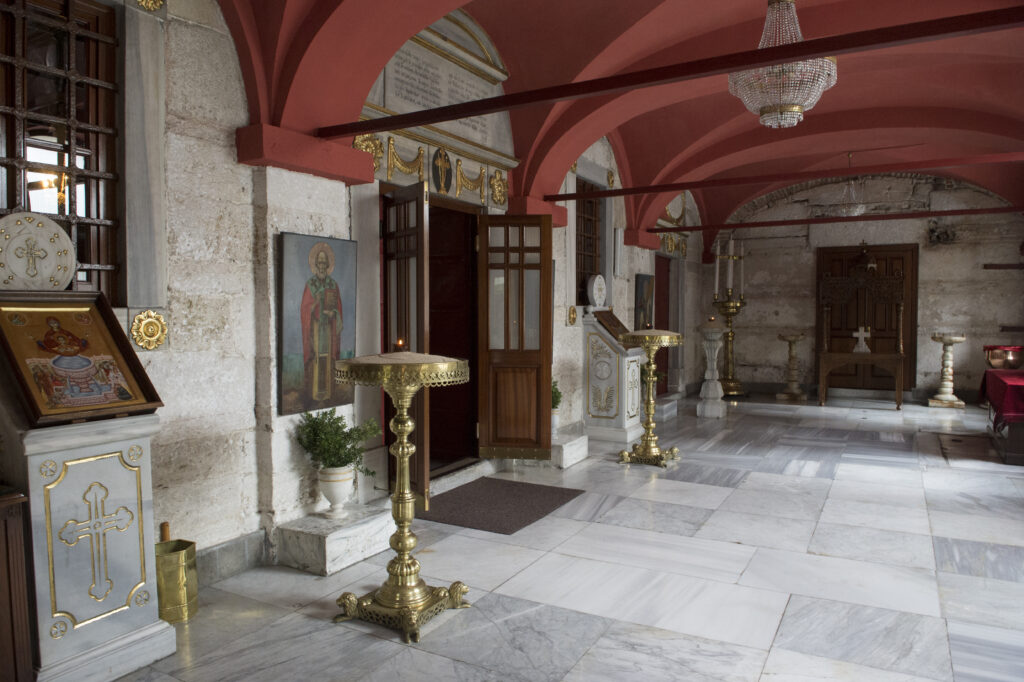
Source: https://www.wikipedia.com
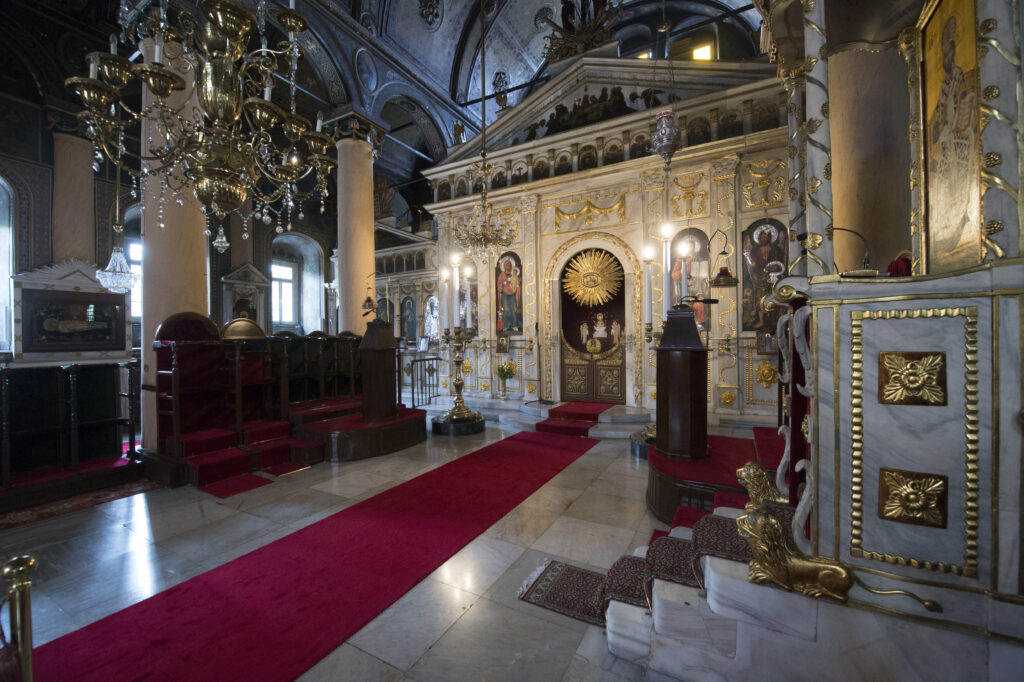
Source: https://www.wikipedia.com
If you are lucky, you will also be able to see see the fish in the pond of the holy spring. These fish, from which the ayazma has acquired its name in Turkish, have a related legend. It is said that, a monk was frying fish in a pan by the pond at the time of the Turkish siege of Constantinople in 1453. When he was told that the city had fallen into the hands of the Turks, doubtingly he said, “I can believe in this news only as much as I can believe in the revival of these fish”. Upon this statement, the fish came back to life and jumped into the pond from the pan. According to this myth, the fish in the pond were meant to be brown on one side, as they were being fried before they jumped in. They seem to have changed in the succeeding centuries because the ones that you see today in the spring’s pond are goldfish.
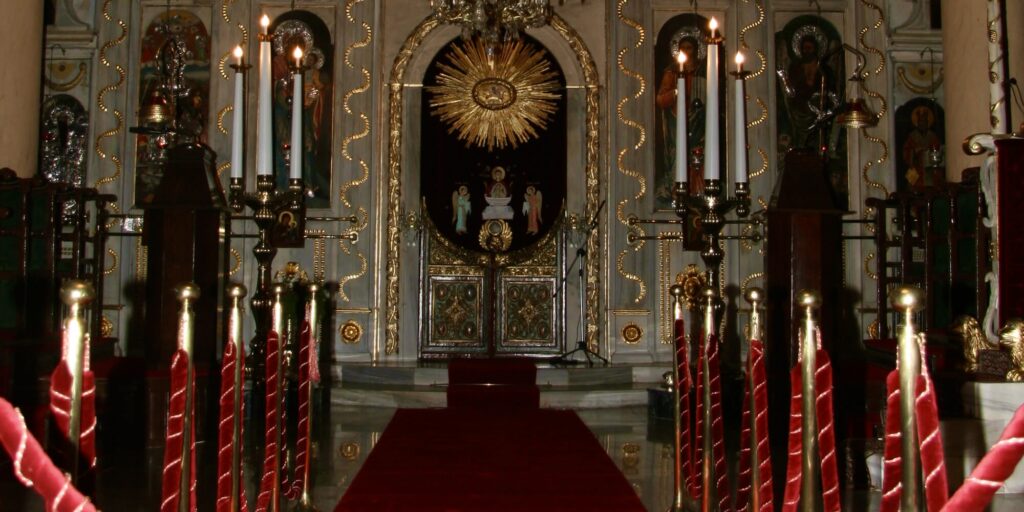
Source: https://www.ortodokslartoplulugu.com
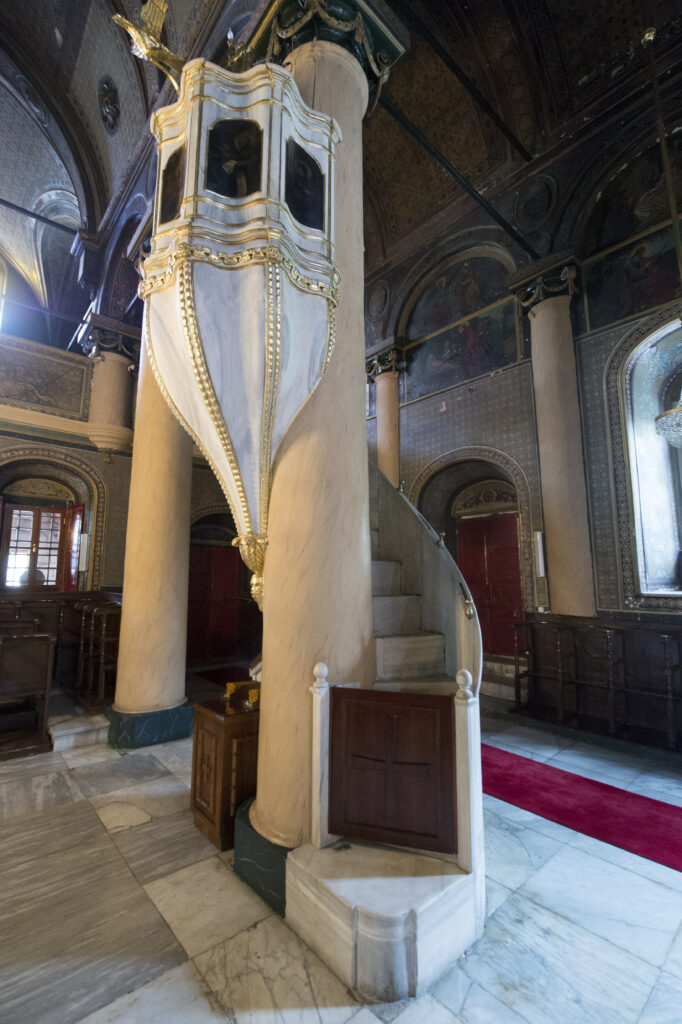
The First Day of the Month Church and the holy spring under it, dedicated to the Virgin Mary, is another location in Istanbul which attracts long queues of believers from all religions. Christians, Jews and Muslims flood the temple on the first day of each month to make their wishes and to be blessed by the Orthodox priest. The church and its ayazma is at Katip Çelebi Caddesi No: 1, in the Fatih district, about 9 minutes walk from the Süleymaniye Mosque. You can also visit the temple on other days by ringing the bell on the door but, the real occasion is on the first day of each month. On that day, usually mothers who are seeking a good marriage match for their young daughters, young childless women who are yearning for a baby, others who are merely wishing success at work, a car or a house get in line outside the church at very early hours. Street vendors sell small trinkets at their stalls that represent different wishes. Charms in the shape of small babies, cars et cetera, are each supposed to be for a specific wish. You may or may not choose to buy any of these. The crucial charm that you are supposed to get is a gold or silver coloured key that you buy inside.
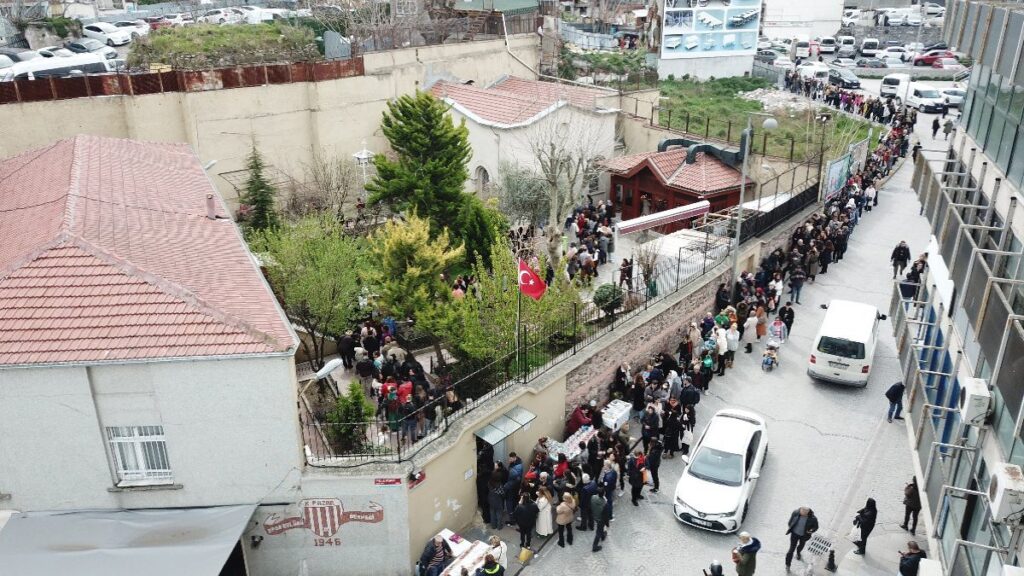
Source: www.sozcu.com.tr
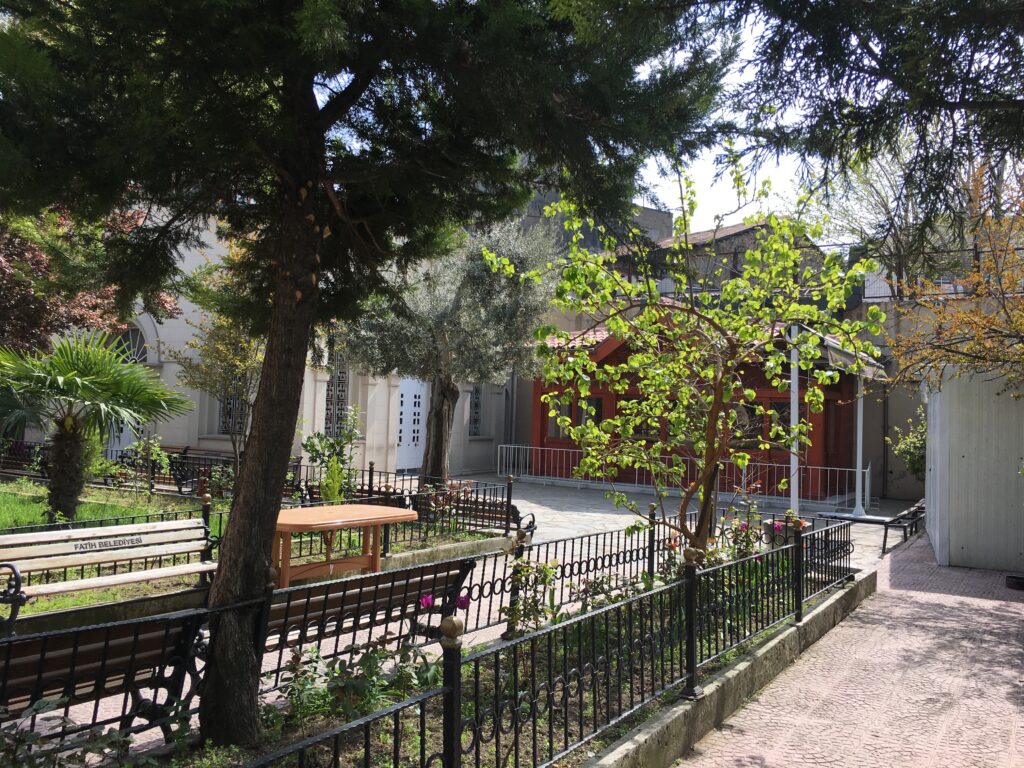
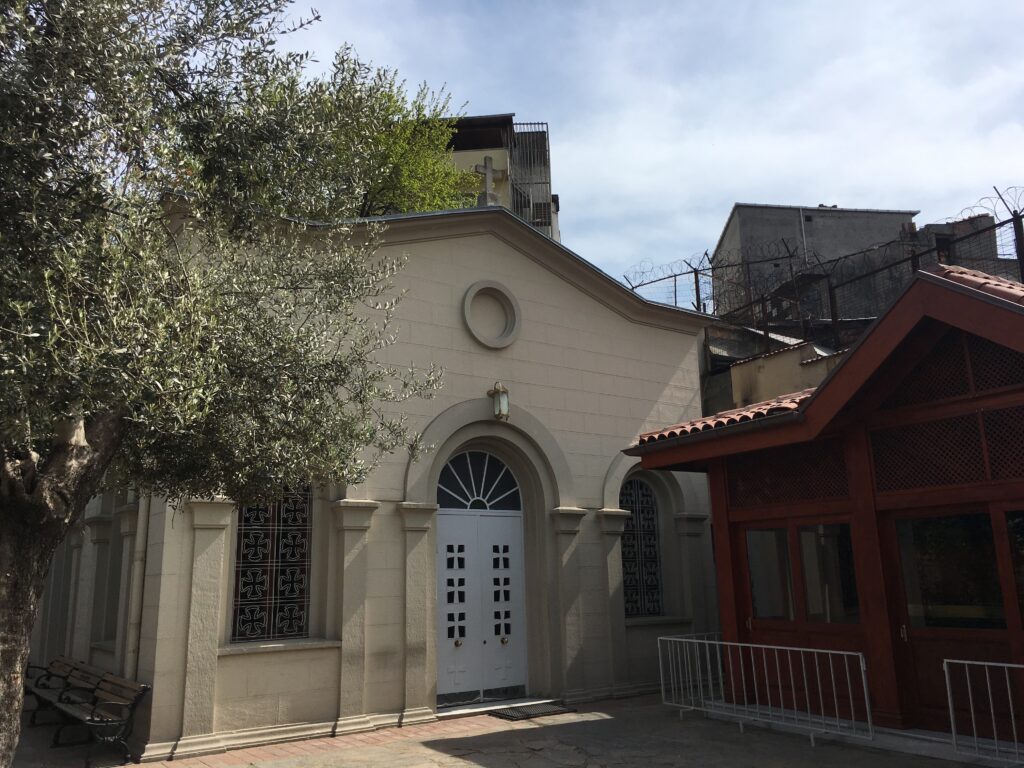
The First Day of the Month Church and its ayazma has rituals of its own. Once inside the church, you buy a key. If you want, you can buy more than one key, assigning each key to a specific wish. The keys are then blessed by a priest. This can be an altogether blessing if it is too crowded. It is advised to go very early for a personal blessing. Following the blessing, you then make a round of the icons on the walls. Standing in front of each glass covered icon, visitors rub the key on all four corners and pretend to open each case with it, all the while praying and making their wishes. Some also touch the cases with the charms they bought outside. The sacred spring is downstairs. Drinking the sacred spring water which runs from taps is also part of the rites. You can light candles in the red wooden hut in the courtyard.
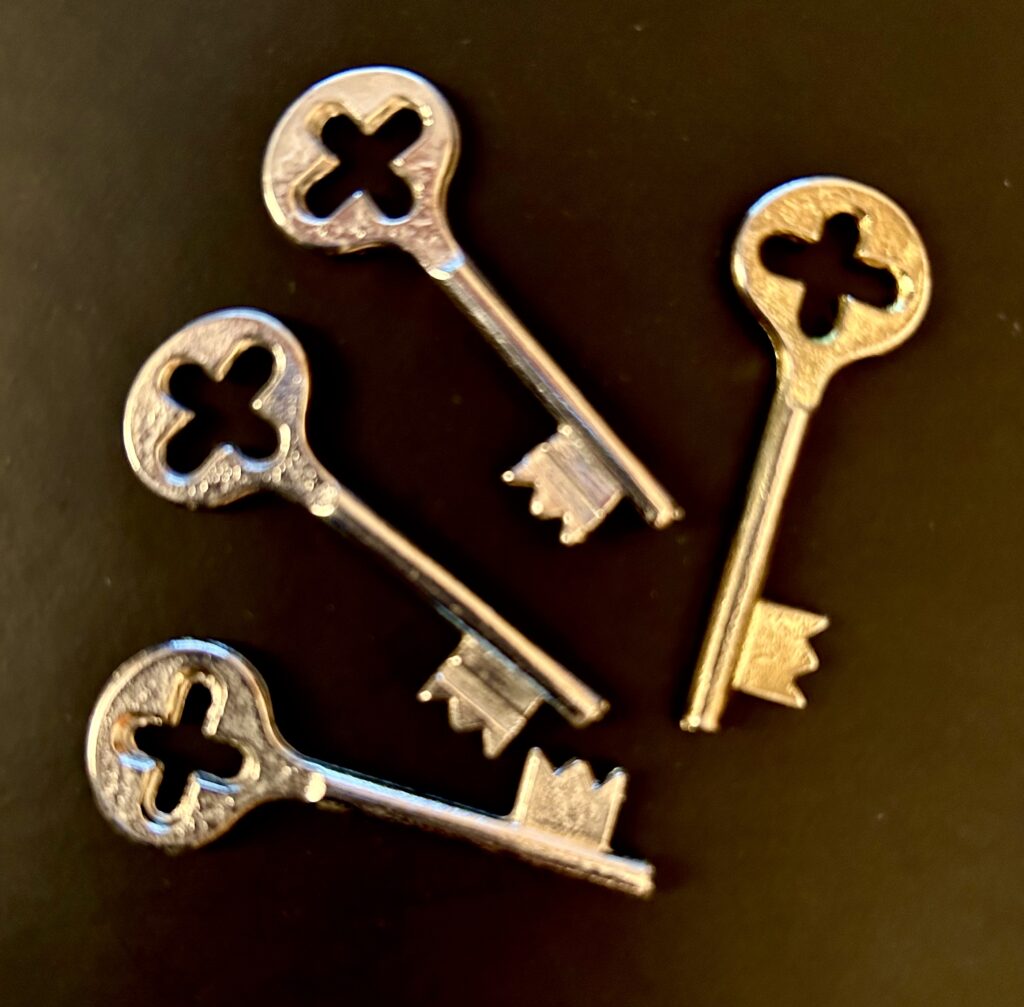
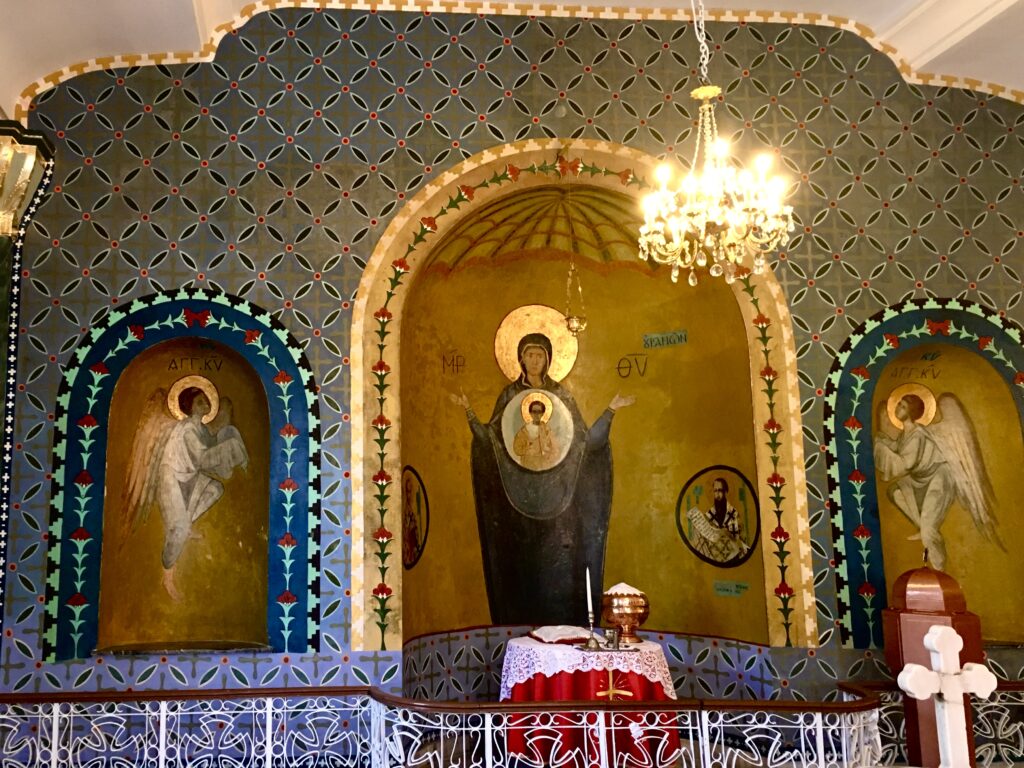
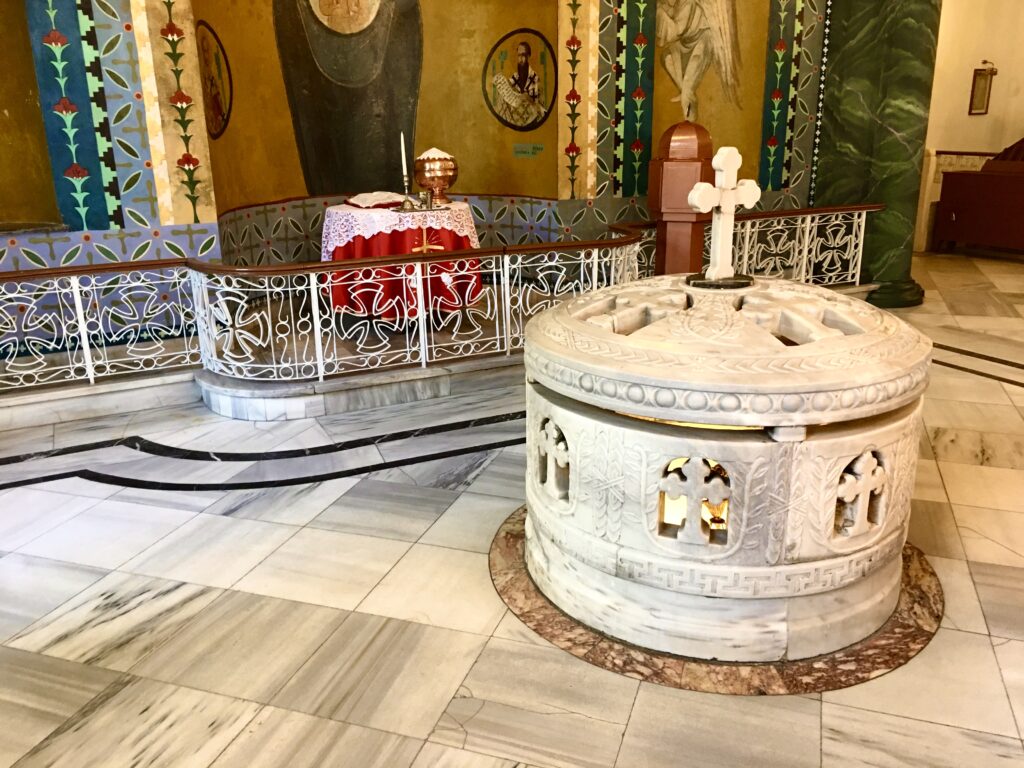
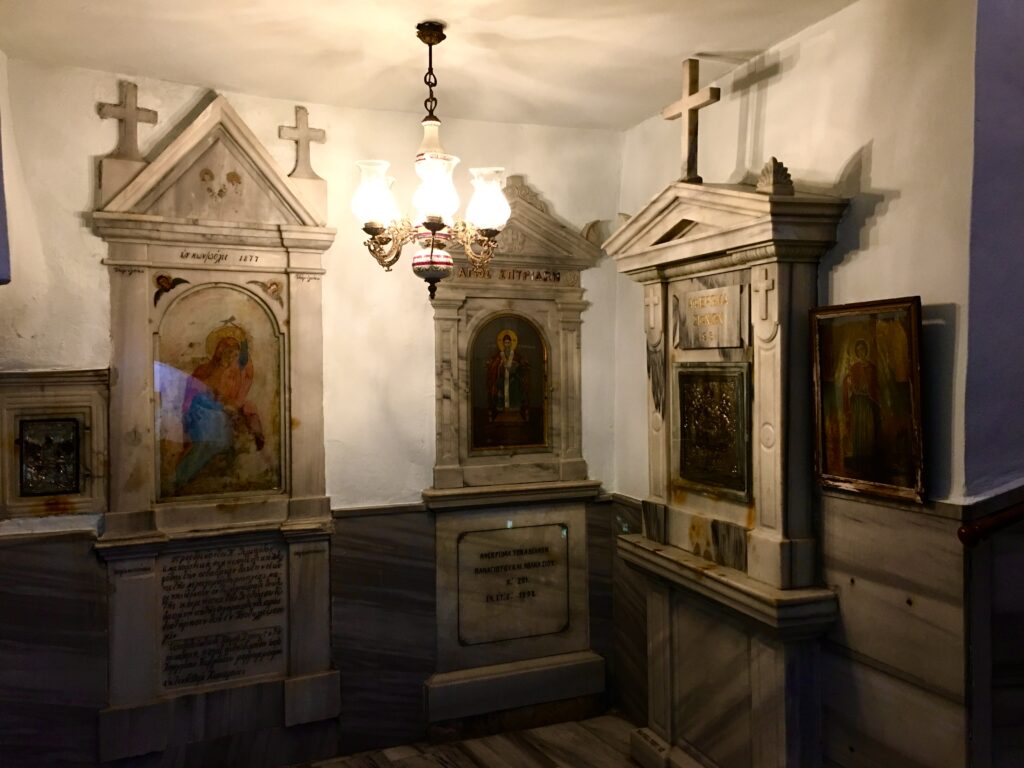
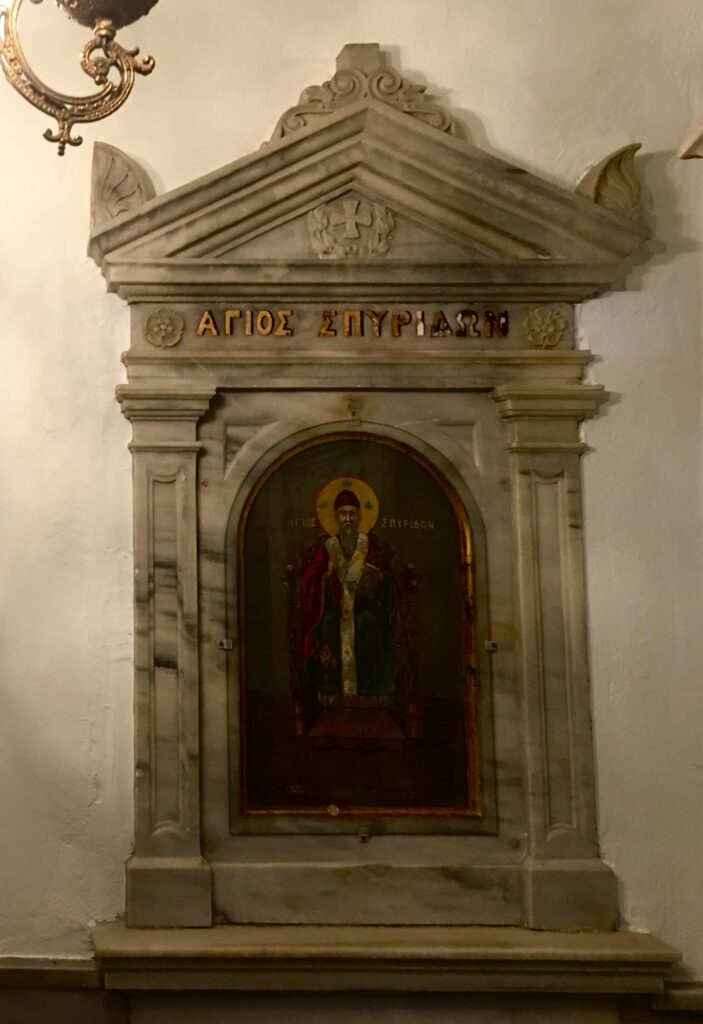
The key that is bought inside the church is supposed to be the key to your wishes. That is why you take it away with you and, according to some people, carry it on you until your wish comes true. Then, it is the custom to return the key to the church. Therefore, the key that is given to each visitor is in fact the returned key of someone whose wish has come true. When you return the key, it is also part of the tradition to bring a box of chocolates or other kinds of sweets with you and offer them to the visitors in the courtyard. Such offerings are a sign that, that person’s wish has come true.
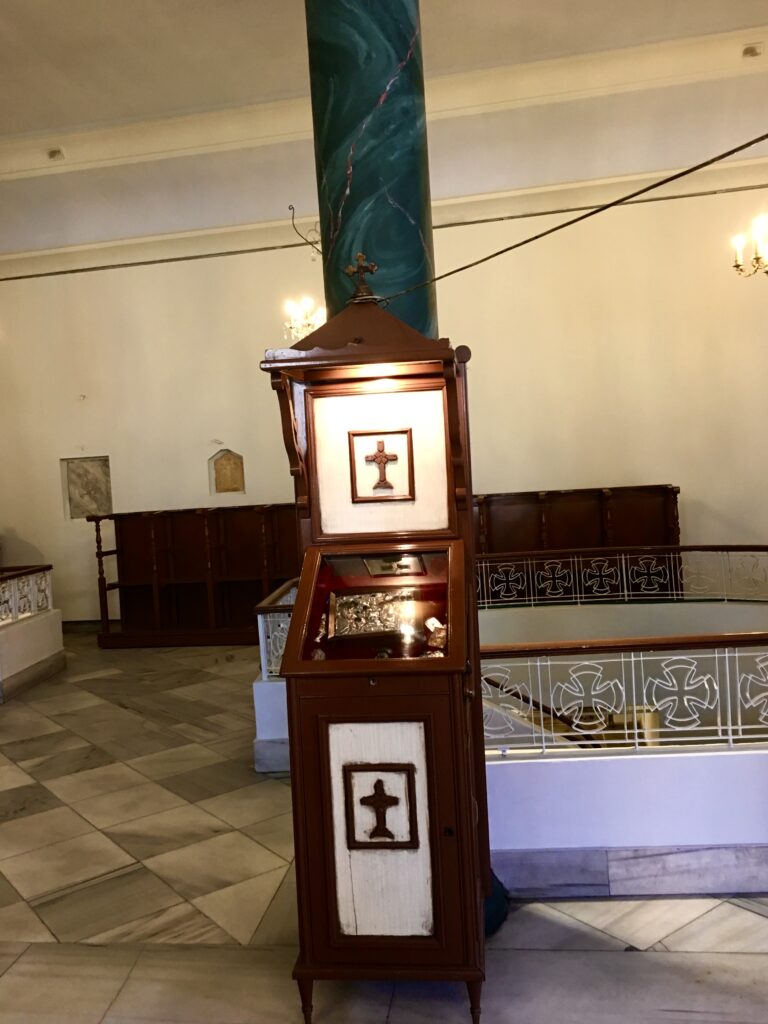
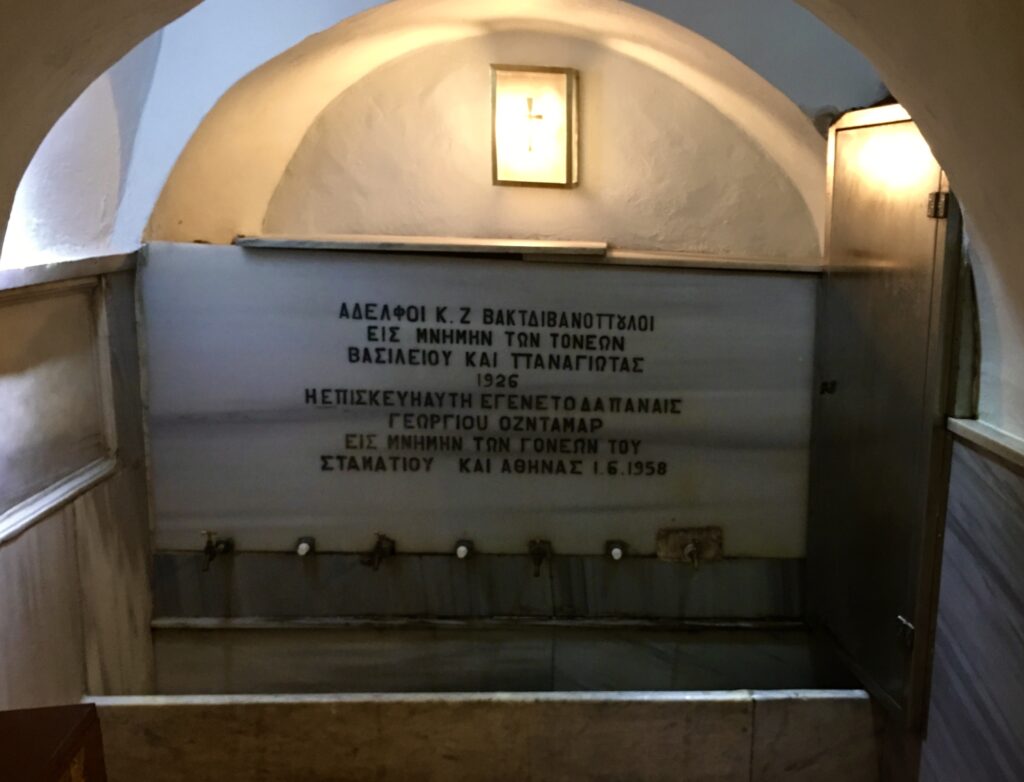
The history of the First Day of the Month Church and its ayazma dedicated to the Virgin Mary is said to go back to Byzantine times, even though the current structure is fairly new. According to some sources, there used to be a church at this location in 408 A.D. In 1080, a tunnel, a cistern and the ayazma was discovered here. The whole complex was destroyed after the Ottoman Conquest. The ayazma was rebuilt in 1750. This reconstruction is connected to a hearsay about an Orthodox girl Maria, who was living in a house built on this land after the destruction of the holy site. One night, Maria saw the Virgin Mary in her dream who told her that there was an ayazma in her name in their garden. Following this vision, the family searched the garden and found the sacred spring. The church dedicated to the Virgin Mary, which later became known as the First Day of the Month Church, was built on the ayazma in 1921. It was restored in 1956, after the destruction and the pillage during the 6-7 September 1955 events.
